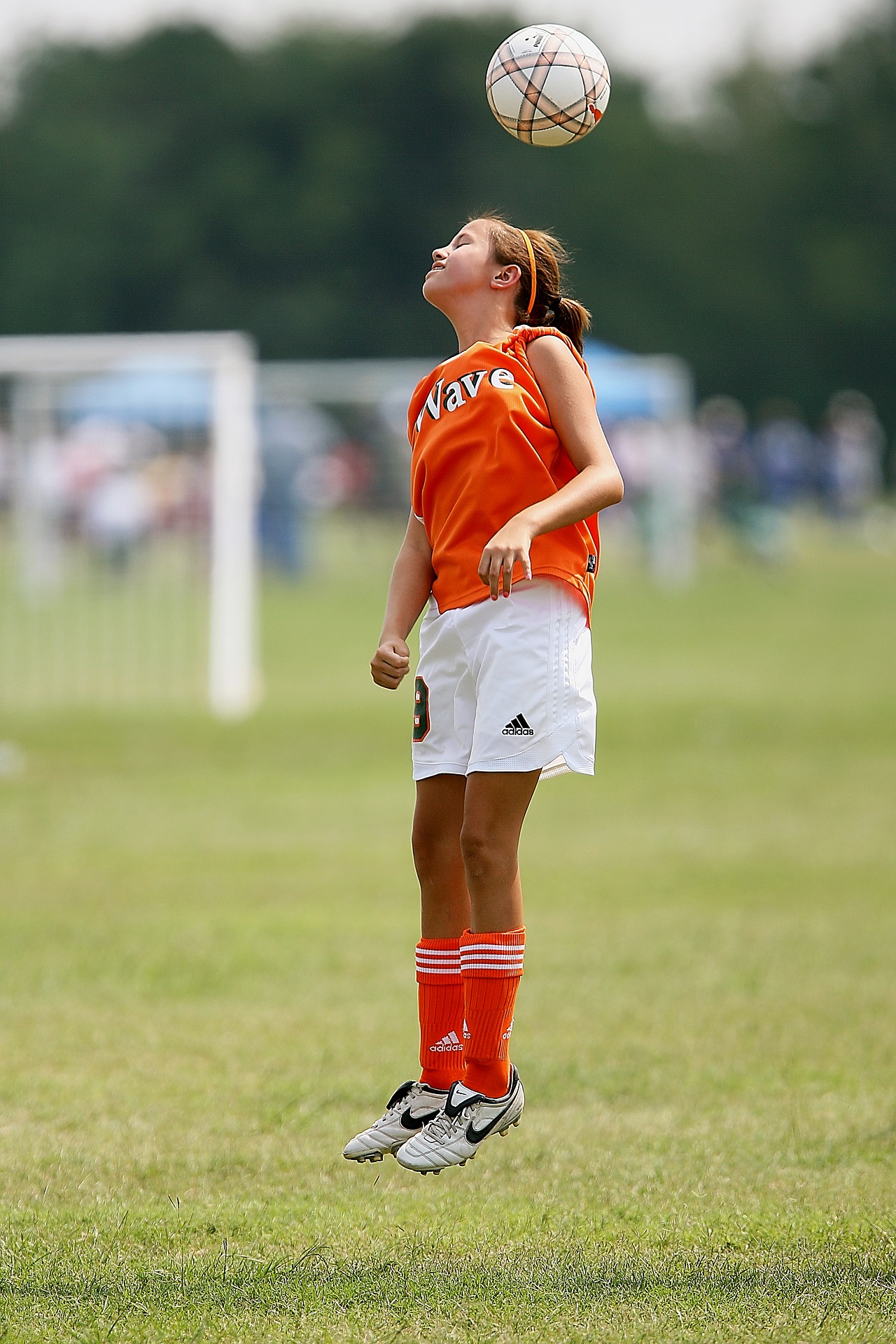Heading Frequency - Direct Observation vs Player Recall
Author: Matt Couch
Publish Date: January 15th, 2020
Head injuries are continuing to affect how we coach, and how players play. Moreover, studies have started to shed light on the adverse effects it has on a soccer player's brain. Most of these studies have used either player self recorded data or professional in person recorded data. In a recent study done by Alexandra Harriss, David M. Walton & James P. Dickey entitled “Direct player observation is needed to accurately quantify heading frequency in youth soccer,” they implemented player self recorded header counts as well as professional recorded header count using a video. The study aimed to find the durability of the player self recorded technique versus the header count collected from a video.
According to hospital emergency departments, 15% of soccer injuries are head related(Giannotti, Al-Sahab, McFaull, & Tamim, 2010). Although soccer is a sport primarily played with the feet, it is also the only sport that players use their head to control the ball. There have been discrepancies between different studies on the neurological impairment associated with heading the soccer ball. Depending on the differing outcomes of the studies it has been shown to have significant impacts or little or no difference on neurological function. However, it is widely agreed upon that youth soccer players are more susceptible to neurological effects due to repetitive headers. Interestingly, one report found that players heading the ball with a frequency of 885 had reduced memory and white matter abnormalities (Lipton et al., 2013).. The most common forms of quantifying the frequency of players heading the ball is by player self recording and professional observation. Player self recording is the most convenient form of collecting data. However, the self recorded method lacks validation and relies on the players recall, which can affect accuracy (Catenaccio et al., 2016; Rutherford & Fernie, 2005).

Methods used included a participant sample of 12 female soccer players from an elite youth soccer team. During the soccer season the team participated in four practices and 1 game in a week. Other methods included games recorded in video, researcher and expert in soccer training to abstract information from the video, player heading questionnaire.
One researcher identified the headers in the video recorded game. A trained expert in soccer confirmed the quality of the researchers information. Within 20 games, the researcher identified players performing 7-56 headers. The researcher identified 9 headers being the most by an individual player, and zero at the least by an individual player. The player recall questionnaire showed the number of headers between 18-100 within a soccer season, with a maximum of 22 and minimum of zero. The results showed a difference of 51% between the video recorded game and the player recall questionnaire.
The purpose of this study was to identify the quality of player recording the number of headers by player recall questionnaire versus a video recording used by an expert identifying the number of headers. Its important to highlight that the player recall questionnaire was double the amount of headers identified compared to the expert/researcher identifying headers through the game video recording. That begs the questions, are headers the villain of soccer concussions, as they have been made out to be. There are other factors that play into headers and the effect it has on the brain. However, it is sad the soccer community has demonized heading. It is an important skill to learn in the sport and creating fear around heading the ball will only hurt young players as they grow and develop in the game. Moreover, if players are playing the game properly, i.e. on the ground with their feet, there will be limited head interaction with the bnal. But to emphasize my point, headers need to be taught and we should not scare players away from heading. We should be empowering them, and the best way to empower a player is by providing them the necessary tools and education so that they are successful when presented with a heading situation. By evaluating studies like the one presented, it helps us as coaches, players and parents fully understand the positives and negatives of heading.
